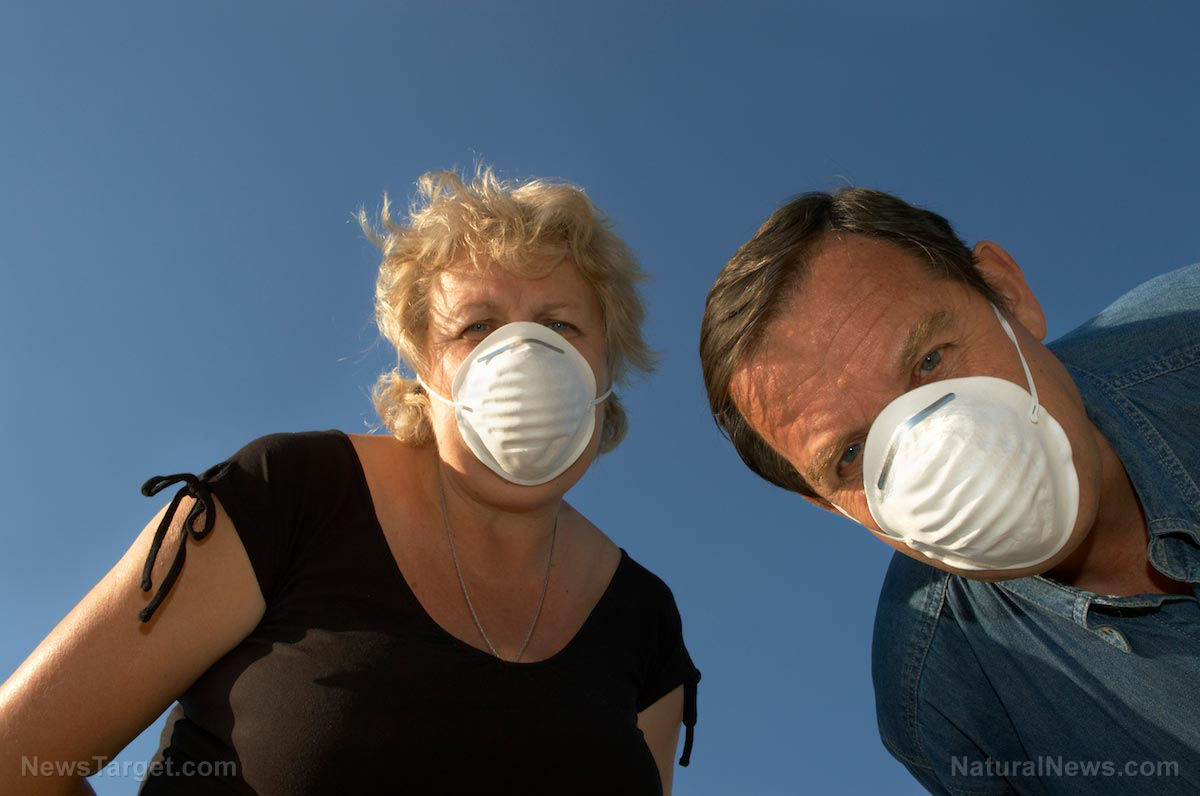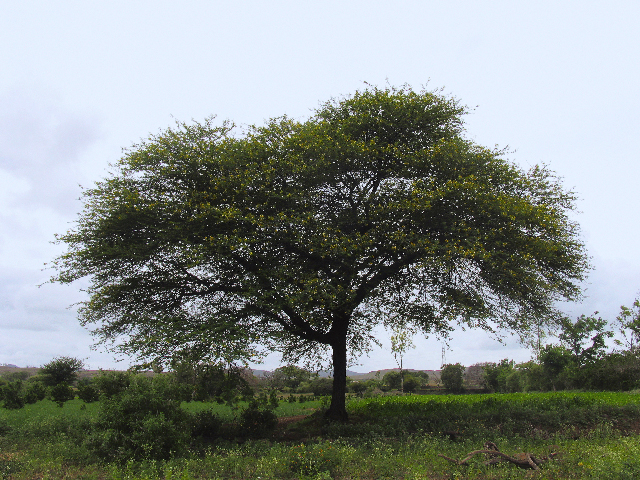Researchers have discovered how the Black Death bacteria disappear only to return with a vengeance – it takes refuge inside amoebae where it survives and replicates
06/26/2018 / By Earl Garcia

The deadly plague bacteria Yersinia pestis (Y. pestis), a pathogen infamously associated with the spread of the Black Death epidemic in the 14th century, was either resistant or transiently resistant to certain species of amoeba, according to a study published in the journal Emerging Infectious Diseases. The study also showed that the pathogen may even use the amoeba species as a host and reservoir for its future reemergence.
A team of researchers at the Colorado State University collected soil samples from 24 prairie dog burrows from eight colonies in the Pawnee National Grassland of northeastern Colorado to assess the co-occurrence of amoeba and Y. pestis. The scientists then isolated five amoeba species — including A. castellanii, A. lenticulata, A. polyphaga, D.discoideum, and V. vermiformis — by using modified culture methods, while Y. pestis strains were cultured from frozen stocks in lysogeny broth (LB) medium.
The experts also carried out intraameba bacterial survival and replication assays in order to determine the survival of Y. pestis strains in the amoeba species following phagocytic activities. The researchers found that while Y. pestis was known to reside in the digestive and central vacuoles of certain amoeba species, it did not survive beyond 24 hours post-infection in four amoeba strains including A. castellanii, A. lenticulata, A. polyphaga and V. vermiformis. However, the scientists observed that Y. pestis was able to survive the D.discoideum strain for more than 48 hours postinfection under variable treatment conditions.
“The bacteria were not just hanging out, but they were surviving and actually quite happy inside the amoebae, and replicating. By contrast, most bacteria get digested by amoebae and are decimated in under an hour. If [our lab] can show that the bacteria can stay in the cysts for years, it could explain outbreaks followed by two years of dormancy and re-emergence seemingly out of nowhere,” lead researcher David Markman told Science Daily online.
The scientists also found that the plague bacteria had significantly higher survival and recoverability rate when co-cultured with amoeba compared with monocultured controls. The research team noted that the results may shed light on how plague outbreaks may spread, stay dormant, and eventually reemerge. The scientists also expressed hope that the findings would eventually help prevent human cases of plague by effectively determining how the deadly pathogen persists.
“The successful intracellular survival of Y. pestis in D. discoideum for >48 h demonstrates that Y. pestis is an ameba-resistant bacterium. This classification supports the potential for D. discoideum or related ameba species to be environmental reservoirs of plague…Further research is necessary to determine if the maximum duration of intraameba Y. pestis survival corresponds with the durations of cryptic interepizootic persistence that are characteristic of plague dynamics. Further research into ameba-mediated pathogenesis and persistence will offer practical insights for public health, conservation, agricultural management, and biodefense,” the researchers concluded.
Experts sound the alarm on Black Death reemergence in Africa
The World Health Organisation (WHO) recently released fatality data on the Black Death plague that had sweept across Madagascar. The latest statistics showed that the total number of cases reported between December 17, 2017, and January 7, 2018 significantly increased from 2,580 cases to 2,603 cases. The WHO data also revealed that up to 77 percent of plague cases reported were a deadly pneumonic strain that can kill in 24 hours.
The WHO added that the disease outbreak killed 225 people so far in the island nation alone. A report published in the Daily Star website also noted that the outbreak spurred global panic last year, which placed 10 African countries on high alert. The epidemic was labeled as the worst outbreak in 50 years, according to the online report.
Sources include:
Tagged Under: Black Death, bubonic plague, epidemic, infectious disease, outbreak, Plague




















